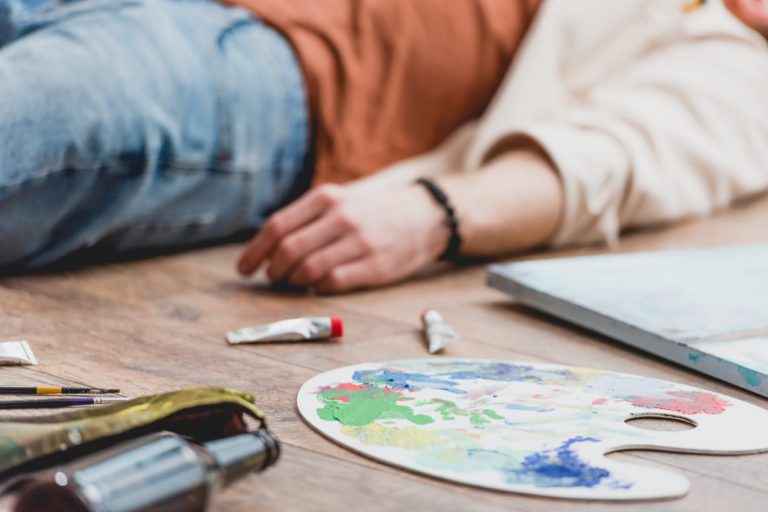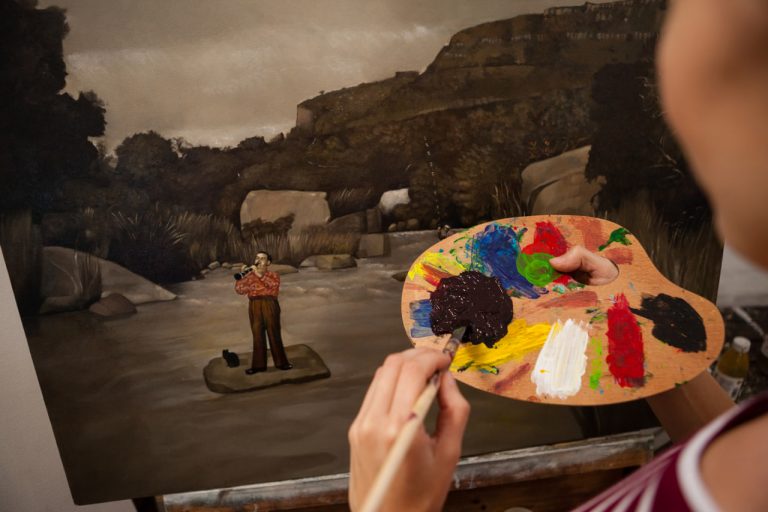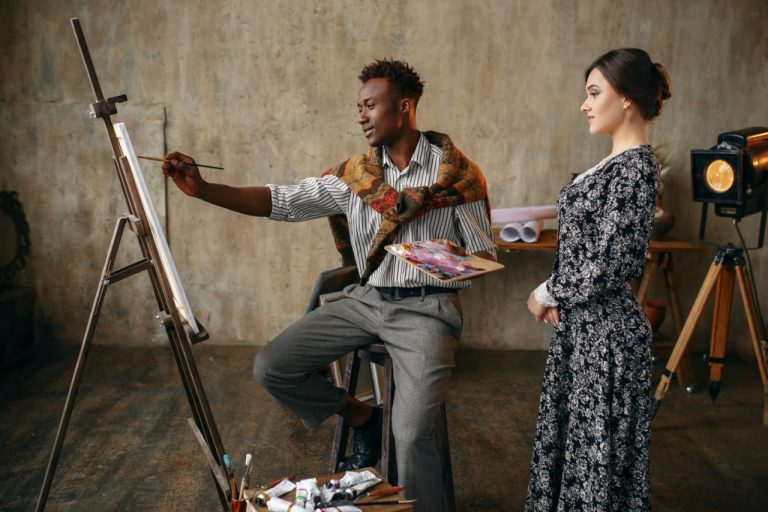Beautiful Plants For Your Interior

Composition is the foundation of a strong and engaging artwork. Even talented artists can make mistakes that weaken the impact of their pieces. Recognizing these common errors and learning how to correct them is essential for creating art that feels balanced, intentional, and visually appealing.
Mistake 1: Poor Focal Point
A common composition mistake is failing to establish a clear focal point. Without a strong point of interest, the viewer’s eye may wander aimlessly across the artwork, leading to confusion or lack of engagement.
How to Fix It: Identify the main subject of your piece and emphasize it using contrast, color, detail, or placement. Techniques like the rule of thirds or leading lines can help guide the viewer’s attention toward the focal point naturally.
Mistake 2: Imbalanced Elements
Another frequent issue is visual imbalance. Elements that are too heavy on one side, too symmetrical without purpose, or poorly distributed can make the composition feel awkward or static.
How to Fix It: Pay attention to the visual weight of your elements. Balance can be achieved through size, color, texture, and positioning. Asymmetrical balance is often more dynamic, while symmetrical balance can create stability. Use thumbnails or sketches to test different arrangements before finalizing your piece.
Mistake 3: Clutter and Overcrowding
Overcrowding a composition with too many elements can overwhelm the viewer and dilute the impact of the main subject. Each additional object should have a purpose; otherwise, it may create visual noise.
How to Fix It: Simplify your composition by removing unnecessary elements. Focus on what contributes to the story or emotion you want to convey. Negative space can be a powerful tool, providing breathing room and enhancing the visibility of key subjects.
Mistake 4: Ignoring Perspective and Depth
Flat or unrealistic compositions often result from ignoring perspective and depth. Without a sense of spatial relationships, an artwork can appear static or artificial.
How to Fix It: Study perspective principles, including one-point, two-point, and atmospheric perspective. Use overlapping, size variation, and shading to create a sense of depth. Even subtle adjustments can make a composition feel more realistic and immersive.
Mistake 5: Poor Use of Color and Contrast
Color and contrast play a critical role in guiding the viewer’s eye and creating mood. Using too many similar tones or neglecting contrast can make a composition feel dull or confusing.
How to Fix It: Plan your color palette carefully. Use contrast in value, saturation, or hue to highlight important areas. Consider complementary or analogous color schemes to create harmony while maintaining visual interest.
Mistake 6: Rigid Rule-Following
While composition rules like the rule of thirds or the Golden Ratio are helpful, strictly following them without considering the content or emotion can result in predictable or uninspired artwork.
How to Fix It: Learn the rules thoroughly, then adapt or bend them intentionally. Experiment with asymmetry, off-center focal points, and unconventional arrangements. Breaking the rules can create dynamic and memorable compositions when done thoughtfully.



